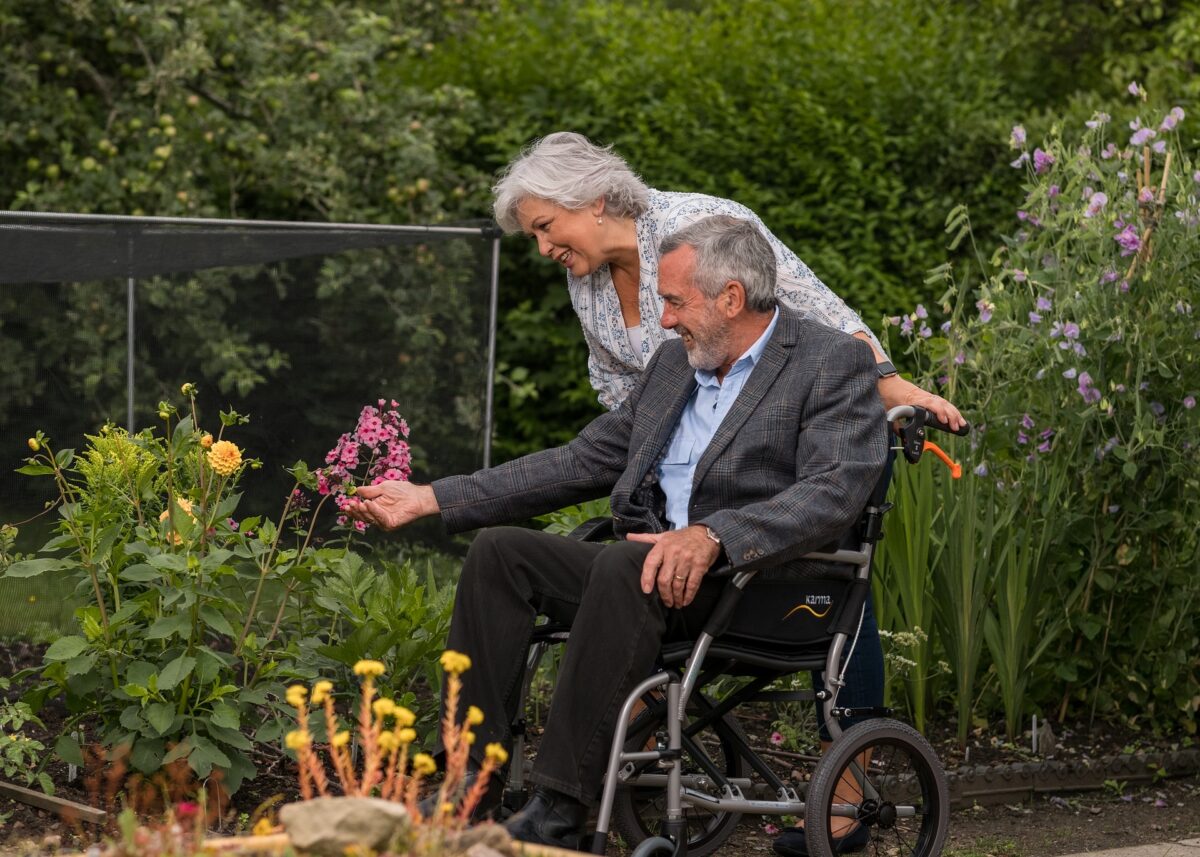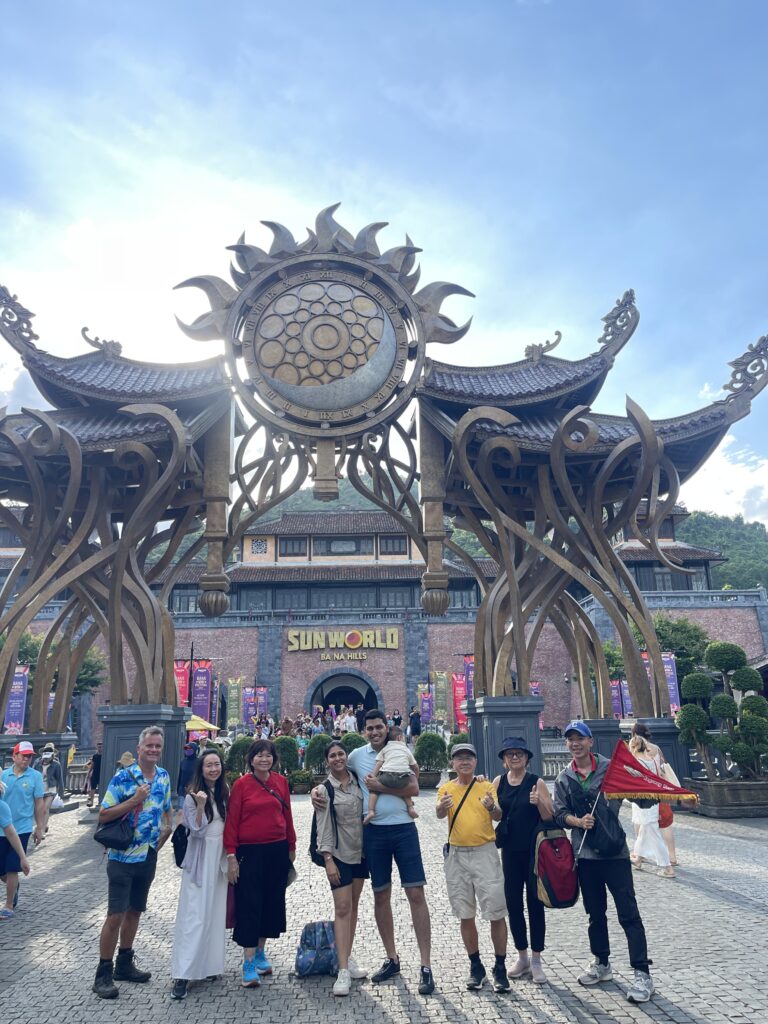Retirement: The Best Years of Your Life or Just the Beginning? 🧐 What are your plans for making the most out of retirement?
Retirement is a significant milestone, a transition from a life filled with the structure of work to a phase of freedom and new possibilities. For many in the UK, this period, often referred to as “Life After 55,” presents a mixed bag of emotions and challenges. Is retirement the best years of your life, or just the beginning of a new adventure? This is a question that provokes deep thought and consideration.

The Psychological Shift
The psychological impact of retirement can be profound. After decades of a structured routine, the sudden freedom can be both exhilarating and overwhelming. The initial excitement can sometimes give way to feelings of loss, anxiety, and identity crisis. Who are you without your job title and daily responsibilities? Many retirees struggle with this question, leading to a period of adjustment that can be fraught with emotional turbulence.
Financial Concerns
One of the most pressing concerns for those entering retirement is financial security. Will your savings last? How will you manage unexpected expenses? With the cost of living continually rising, many in the UK find themselves anxious about their financial future. Pensions, investments, and savings need to be carefully managed to ensure a comfortable life after 55. Financial insecurity can turn what should be a period of relaxation into one of stress and worry.
Health and Wellness
Health is another critical aspect that cannot be overlooked. As we age, health issues become more prevalent, and the need for medical care increases. Maintaining physical health can be challenging, and the fear of declining health can overshadow the joys of retirement. Furthermore, mental health is equally important, as isolation and loneliness are common issues among retirees. The lack of daily social interactions that work provided can lead to feelings of loneliness and depression.
Social Dynamics
Social dynamics also change dramatically after retirement. Colleagues and work-related social circles often dissolve, leaving a void that can be hard to fill. Building a new social network takes time and effort, and the fear of isolation can be daunting. Many retirees struggle to find meaningful ways to stay connected and engaged with others, which can affect their overall happiness and well-being.
Embrace a New Identity
The first step to making the most out of retirement is to embrace this new phase of life with an open mind. Rather than seeing retirement as the end, view it as a new beginning. This is the time to redefine yourself beyond your professional identity. Explore hobbies, interests, and passions that you may not have had time for during your working years. Consider taking up new activities that challenge you mentally and physically. This shift in mindset can turn retirement into a period of growth and self-discovery.
Financial Planning and Management
To address financial concerns, it is crucial to have a solid financial plan in place. Start by reviewing your pension schemes, investments, and savings. Consult with a financial adviser to ensure that your retirement funds are being managed effectively. Budgeting is essential; create a realistic budget that covers your daily needs while allowing for leisure and unexpected expenses. Additionally, consider opportunities for part-time work or freelance projects that can provide extra income without overwhelming your newfound freedom.
Prioritise Health and Wellness
Maintaining good health should be a top priority. Regular exercise, a balanced diet, and routine medical check-ups are fundamental. Engage in physical activities that you enjoy, whether it’s walking, swimming, or yoga. Staying active not only improves physical health but also boosts mental well-being. Mindfulness practices, such as meditation and deep breathing exercises, can help manage stress and anxiety. Also, stay informed about health issues and take preventive measures to avoid common age-related ailments.
Stay Socially Connected
Building and maintaining a social network is vital for a fulfilling retirement. Join clubs, groups, or organisations that align with your interests. Volunteering is an excellent way to stay engaged and meet new people while giving back to the community. Attend local events, workshops, and social gatherings to expand your social circle. Additionally, leverage technology to stay connected with family and friends through social media, video calls, and messaging apps. Creating a strong support network can significantly enhance your quality of life.
Lifelong Learning and Personal Growth
Retirement is the perfect time to pursue lifelong learning. Enroll in courses or workshops that interest you, whether they are related to a new hobby, a skill, or an academic subject. Many institutions offer online courses that provide flexibility and convenience. Learning new things keeps the mind sharp and provides a sense of accomplishment. It also opens up opportunities to meet like-minded individuals and engage in stimulating discussions.
Travel and Exploration
For many, retirement is synonymous with travel. Exploring new places, experiencing different cultures, and meeting new people can be incredibly rewarding. Whether you prefer local trips or international adventures, travel can add excitement and novelty to your retirement years. Plan your trips carefully, considering your budget and health needs. Traveling with friends or joining travel groups can enhance the experience and provide social interaction.
If you’re looking for ways to make the most out of your retirement and need support to navigate this new phase of life, consider joining the Cheeringup.info Retirement Club. Our club is dedicated to helping individuals over 55 in the UK lead fulfilling, vibrant, and engaged lives after retirement. Here’s why you should join us:
Exclusive Resources and Insights
As a member of the Cheeringup.info Retirement Club, you’ll gain access to a wealth of resources. From financial planning guides and health tips to travel recommendations and lifelong learning opportunities, we provide the information you need to thrive in retirement.
Community Support and Networking
Our club offers a supportive community where you can connect with like-minded individuals. Share your experiences, seek advice, and build meaningful relationships with others who are also navigating life after 55. Our forums, events, and social gatherings provide ample opportunities for social interaction and support.
Personal Development Opportunities
We believe that retirement is a time for personal growth and exploration. Our club offers various workshops, courses, and activities designed to help you pursue your passions and interests. Whether you’re looking to learn a new skill, engage in creative activities, or stay physically active, we have something for everyone.
Health and Wellness Programme
Your health and wellness are our top priority. We offer programmes and resources to help you maintain a healthy lifestyle, both physically and mentally. From fitness classes and wellness retreats to mindfulness sessions and nutritional advice, we support your journey to a healthier, happier you.
Travel and Adventure Plans
If travel is on your retirement agenda, we provide curated travel plans and group trips designed specifically for our members. Explore new destinations, enjoy unique experiences, and create lasting memories with fellow club members.
Join Us Today
Don’t let your retirement years pass by without making the most of them. Challenge yourself to think about your life, your goals, and how you can achieve them. If you feel you’ve underachieved in the past, now is the perfect time to turn things around. Join the Cheeringup.info Retirement Club and embark on a journey of fulfillment, growth, and adventure. Become a member today. Your best years are just beginning.
Conclusion
Retirement can indeed be the best years of your life or just the beginning of a new and exciting chapter. It all depends on your perspective and how you choose to approach this phase. By addressing the psychological, financial, health, and social challenges, and by embracing new opportunities for growth and exploration, you can make the most out of your retirement. The Cheeringup.info Retirement Club is here to support you every step of the way. Join us and discover how wonderful life after 55 in the UK can be.
Join Retirement Club

People planning for retirement or already retired will benefit from Retirement Club membership (one-off lifetime membership as opposed to annual membership is limited special deal for founding members only). Business leaders who can offer amazing deals to members will benefit from annual Corporate Membership.
Get help to protect and grow your business faster in UK
Subscribe for free lifestyle improvement tips and reviews
Read more lifestyle improvement articles for free
Thriving in Life After 55 in the UK
















